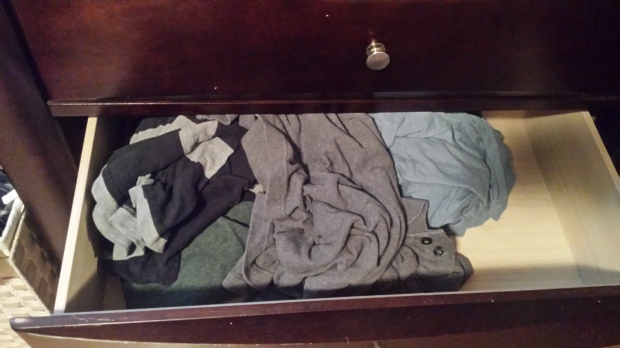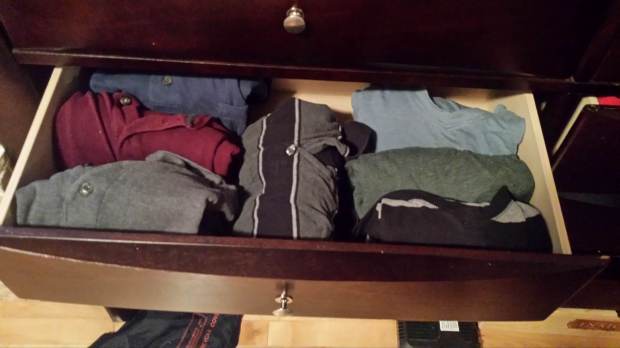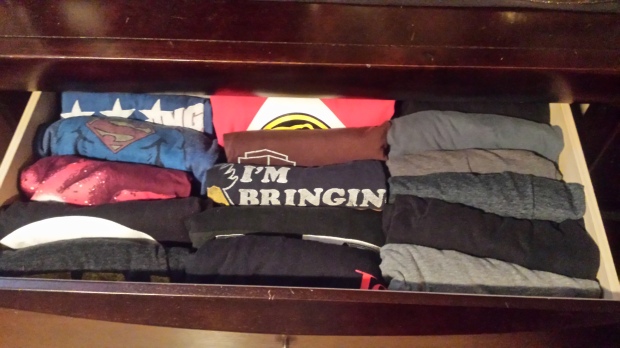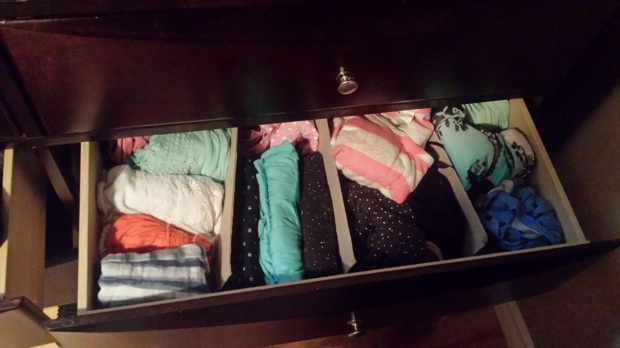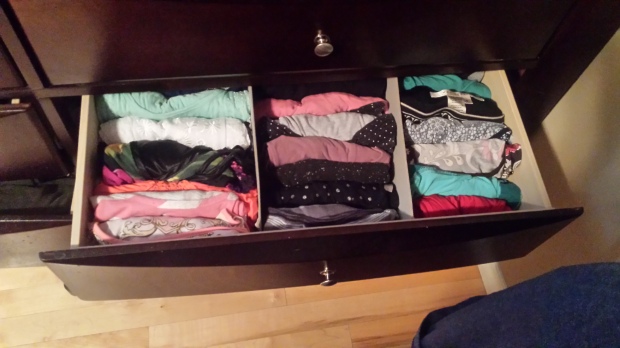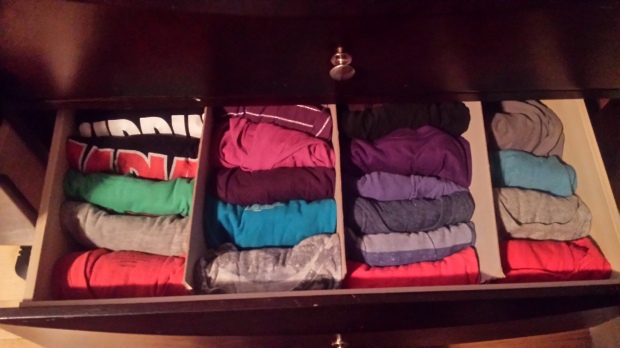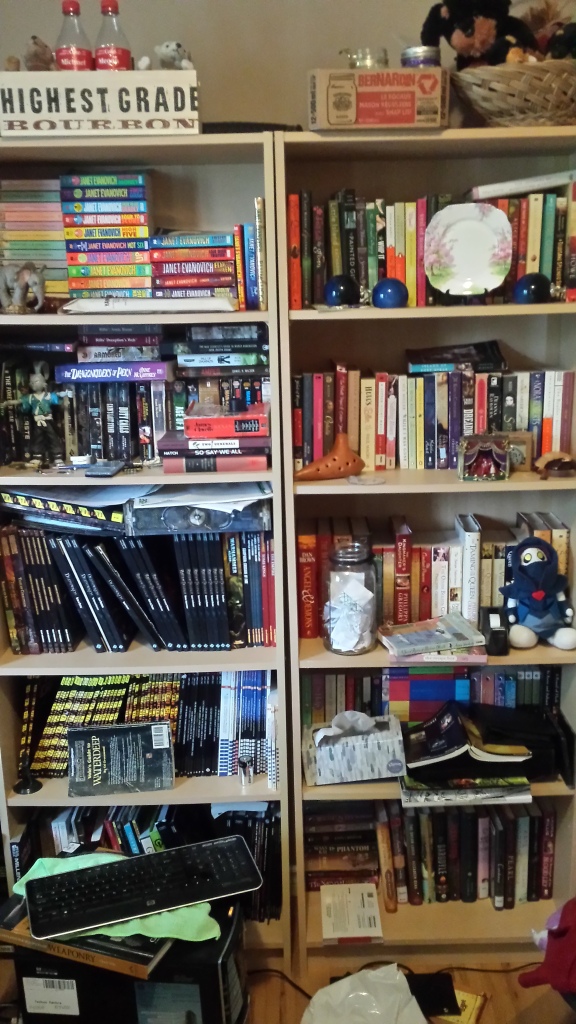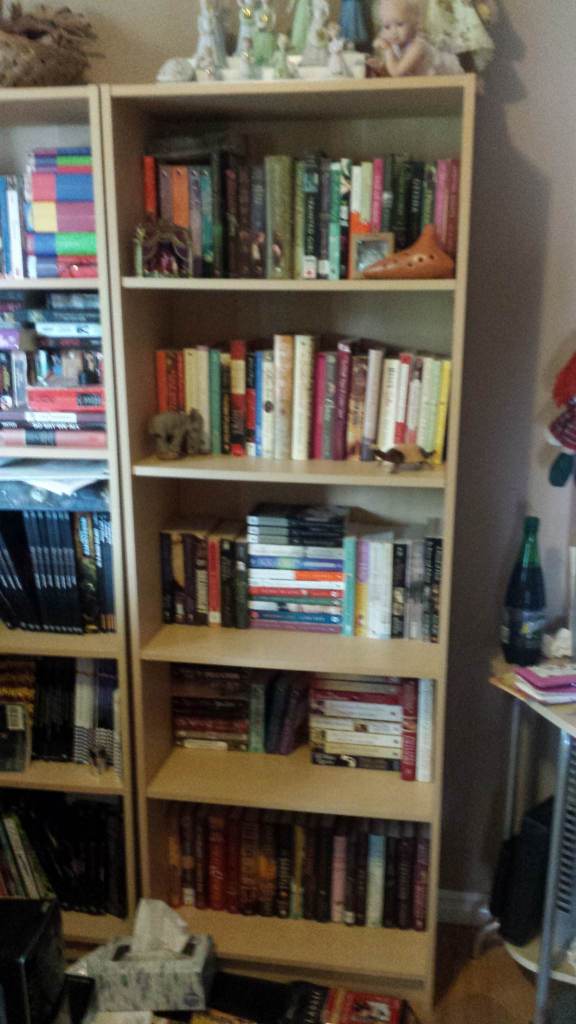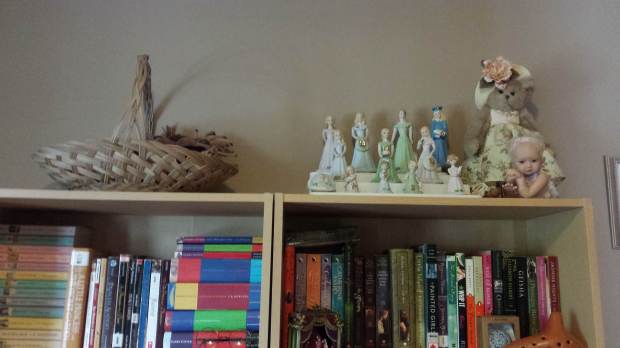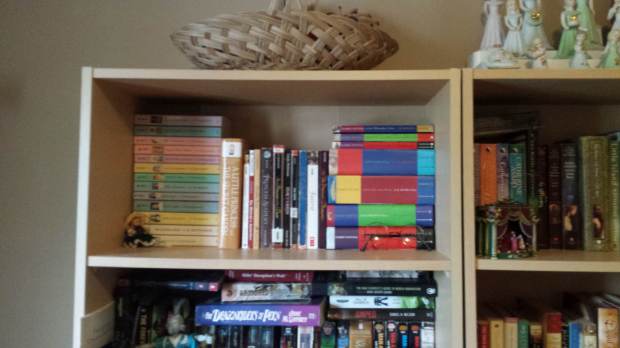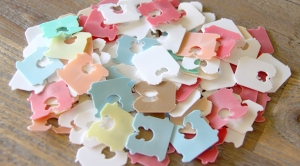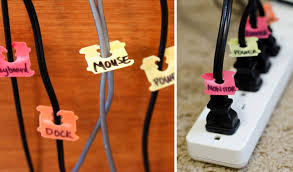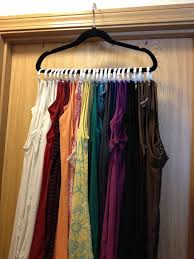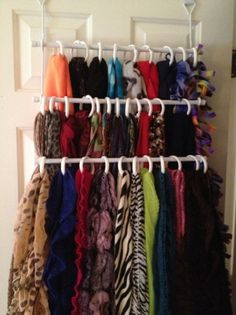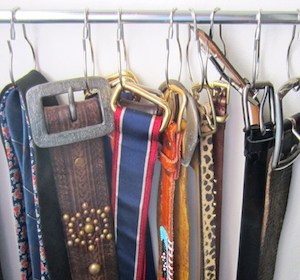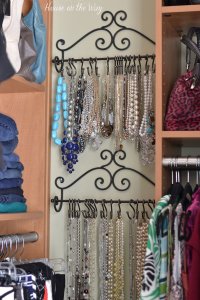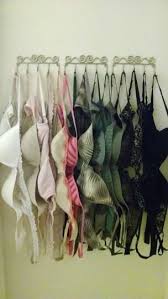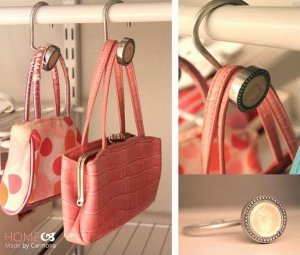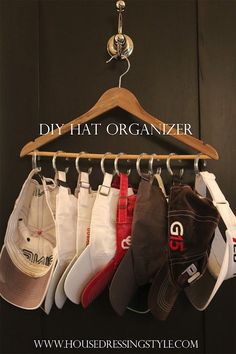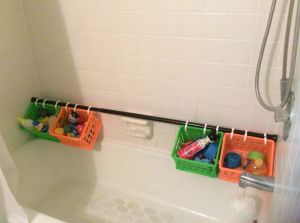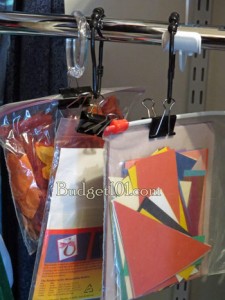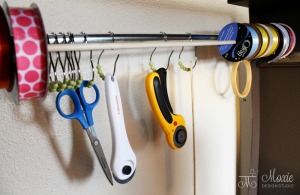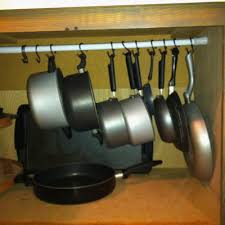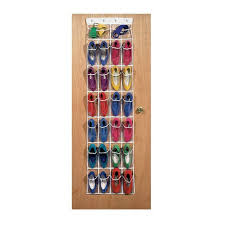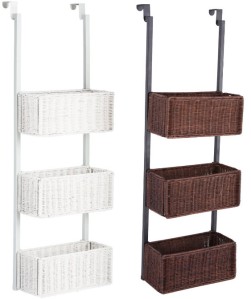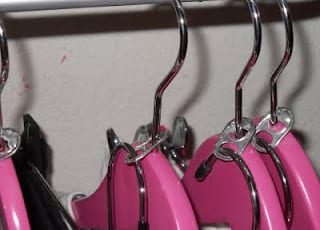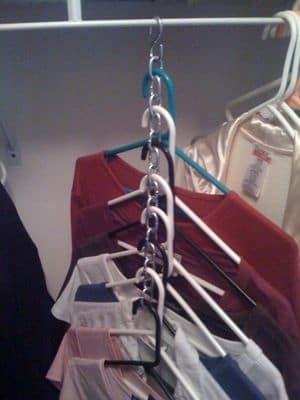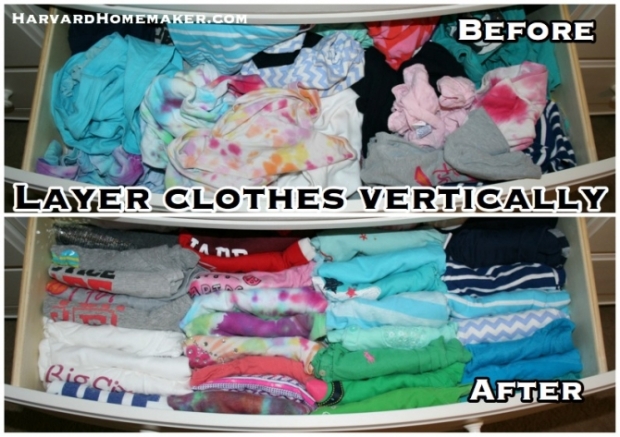Hello again! Sorry for the long absence, but I’m back with some more tips for decluttering your home and getting organized.
Today we’re going to focus on some of the actions you can take to prevent further clutter from entering your home in the first place.
Learn how to say NO to others and to yourself
Have you been offered items by a well-meaning friend or relative that you brought home and just shoved in a closet, never to be used or even seen? You’re not alone.
Many people love to pass along things to others, especially if they think the item would be appreciated or used by them. Those who are on the receiving end don’t want to appear rude and so take the items home, even if they know they will never use them.
It can be even worse if the item is presented as a gift, because some people feel a sense of obligation to keep every gift they have ever received, even if they hate the item they were given.
Stop the madness!
Your home has limited space, and you have limited time on this earth to enjoy your living space. Why are you wasting both cluttering up your home with items that serve no practical use or bring you no joy?
Repeat this to yourself: I have no obligation to keep items that I do not need or want. Repeat as often as is needed.
Once a gift has been given, it is yours to do with as you please. If you have been given an ugly vase that you will never use or artwork that you will never display, either donate it or pass it along to someone else who will actually enjoy it.
Maybe you’ve been gifted a collection of ceramic elephants but tigers are more your thing, and you have a friend who loves elephants. Snap a picture, send it their way and ask if they are interested. If they’re not, donate!
If someone wants to pass an item along to you, and you know you will never use it, thank them for thinking of you but tell them no. Here a few different ways you can do so:
“Thank you, but I already have one.”
“Thank you, but I know I won’t use this. Maybe ____ could make use of it?”
“Thank you, but those seasons and sizes won’t work for our kids.”
Develop Healthier Shopping Habits
Too often, we find something we like, buy it, bring it home, and then have to figure out what we’re going to actually do with it. Does this system work for us? Not usually.
With shopping people often have a sense of urgency. (“If I don’t buy it, someone else will and it will be gone!”) We may not think things through.
Here’s what I like to do:
- Pick up the item and examine it. Make sure it has no damage that would upset me if I discovered it later. (Things like worn out book bindings, bent pages, cracks in glass or ceramic, sloppy paint job, rips or tears that aren’t easily mended, etc.)
- If the item passes my inspection, put it in my cart.
- While I continue to shop, I reflect on my awareness of the item. Am I excited about my discovery, or does it fade to the back of my mind as I continue adding things to the cart? Will I have forgotten about it by the time I get to the till?
- Ask myself these questions:
– Do I already have something similar at home?
– Where will I store this? Do I have room for it there?
– Is this worth the price on the sticker? Could I get it somewhere else for cheaper or better quality?
– When will I use it? Frequently or only rarely?
– Why do I really want to buy it?
Usually by the time I’m done walking around the store, I have questioned myself about every item in my cart and have realized that some things just don’t make the cut.
It is highly recommended to always shop with a list of what you are looking for, even at thrift stores where part of the fun is the treasure hunt.
For example, I browse the books only for specific authors that I have enjoyed previously and want to make a part of my permanent collection. I very rarely pick up new books. I may snap a picture of something that looks interesting that I can check for at my library later.
I’m also on the hunt for new skirts for summer time, so I look through that section instead of spending time looking at shirts or sweaters.
Focus on what you need, what you are truly lacking at home, and look only for those things. You won’t be tempted to buy another necklace you won’t really wear if you don’t look at the necklaces in the first place!
~*~*~*~
I hope you found my post today helpful! If there are other subjects you want to see covered, let me know in the comments!
